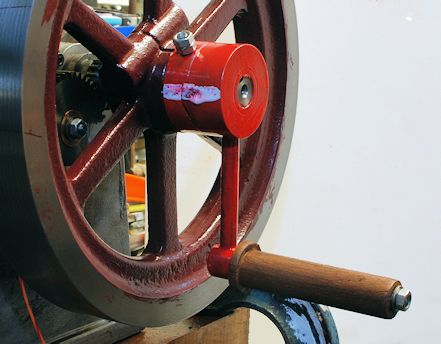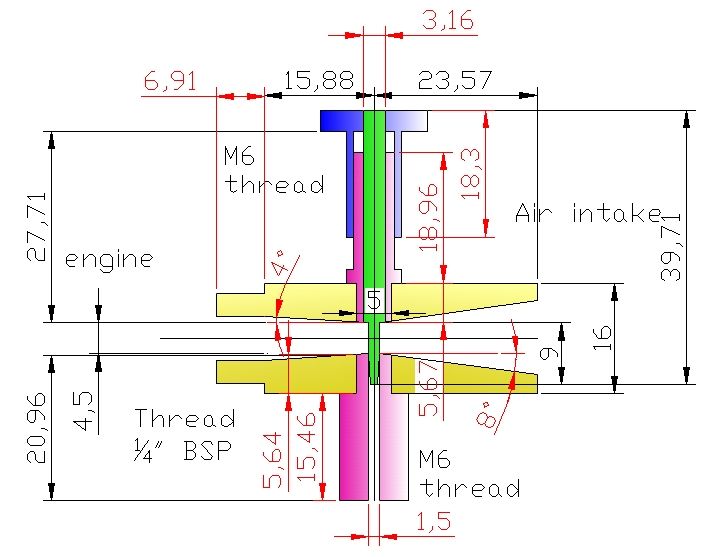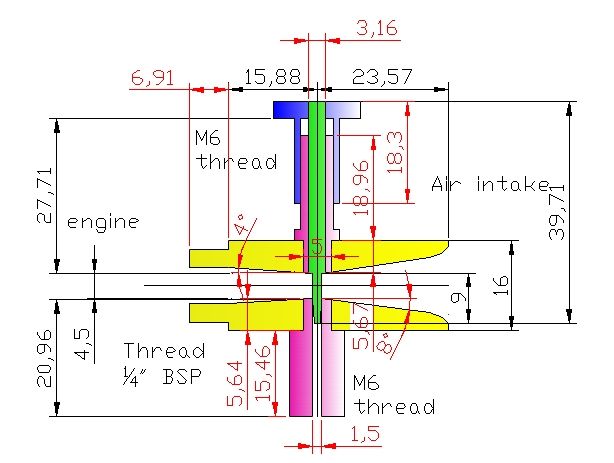Have you thought of making the new crankshaft from a piece of flat bar? This can be either a piece of flat plate flame cut to shape or a piece of ordinary bar stock, eg maybe something like two to three inches wide by 1 and a bit thick. Most big suppliers of steel plate would be able to flame cut the blank for you, leving of course a good machining allowance. Actually these days they might plasma cut it. But either way that gives you a blank that is close to the required shape and saves a lot of machining and swarf. If you can’t get it done that way, then a lot of chain drilling and a bandsaw is another approach to get the bulk of the material off. Incidently neither the flame cutting nor the plasma should leave anything that is hard to turn away.
Another approach is to make a pattern and have it cast in SG iron. I made a two throw crank for my steam launch engine like that, three inch stroke.
Then once you have a suitable blank, think about the possibility of milling most of the rest of the material away. For this you need a mill (of course) and some way of holding the job between centres. I use a Vertex dividing head and tailstock, but it does not need to be that sophisticated. Using a big end mill you can mill the shape down to within ten thou or so of nominal size, then take the rest off between centres in the lathe.
The big steam launch crank was milled almost to size, then ground in an automotive crank grinding machine. The only turning on it was done on the Myford ML7, so you can imagine the looks I get when people ask how did I turn the crank! It just fits between centres, and the balance weights have to be clear of the saddle, but it will go in there…but not offset for turning big ends of course. There are some pictures of that with an article I did for ME about making cranks a few years back.
Incidently the old timers used to make some very tricky keys. One idea was an offset key, used to adjust the position of a steam engine eccentric when you managed to get the keyways slightly wrong.
regards
John
John Olsen.












